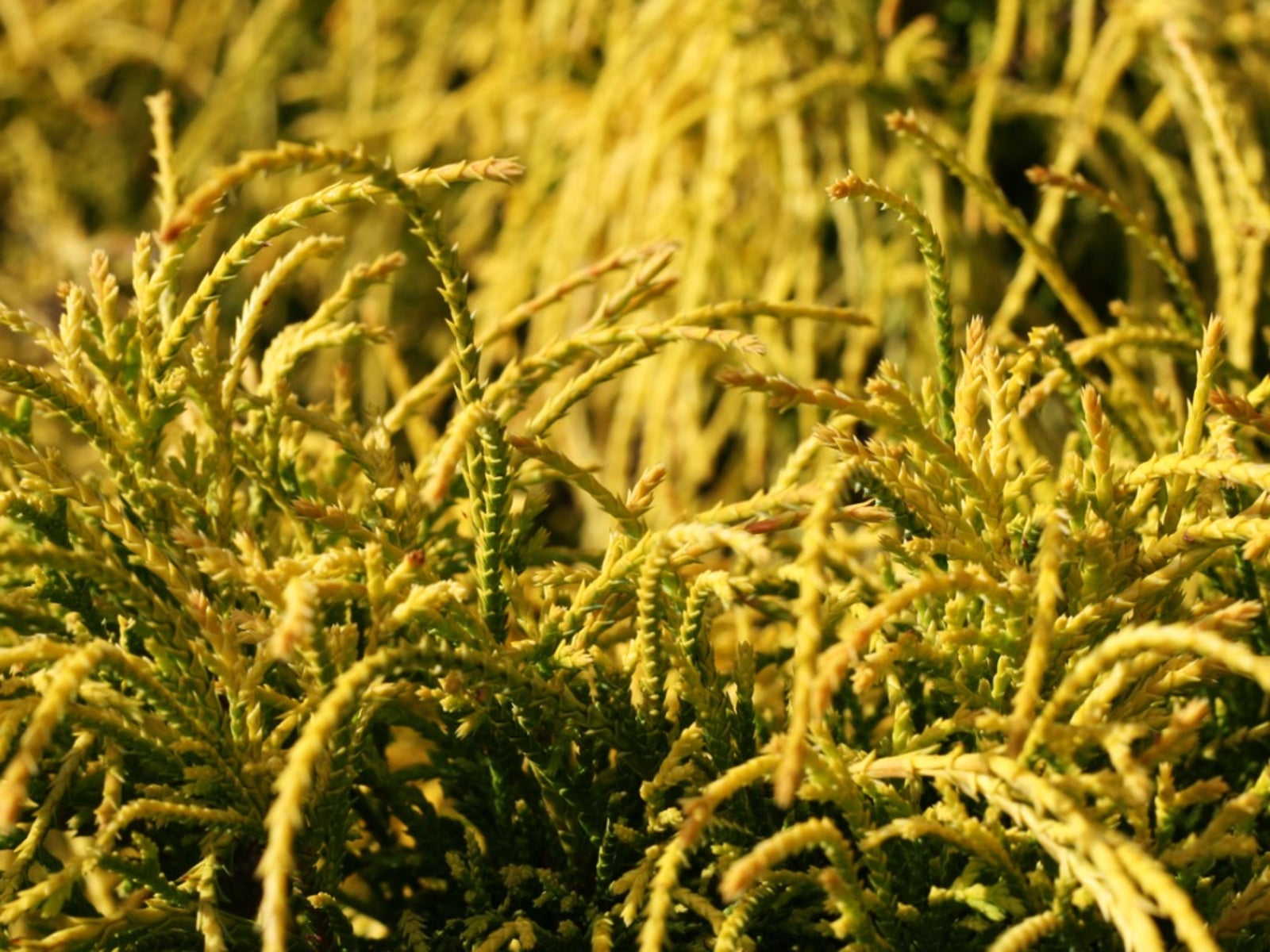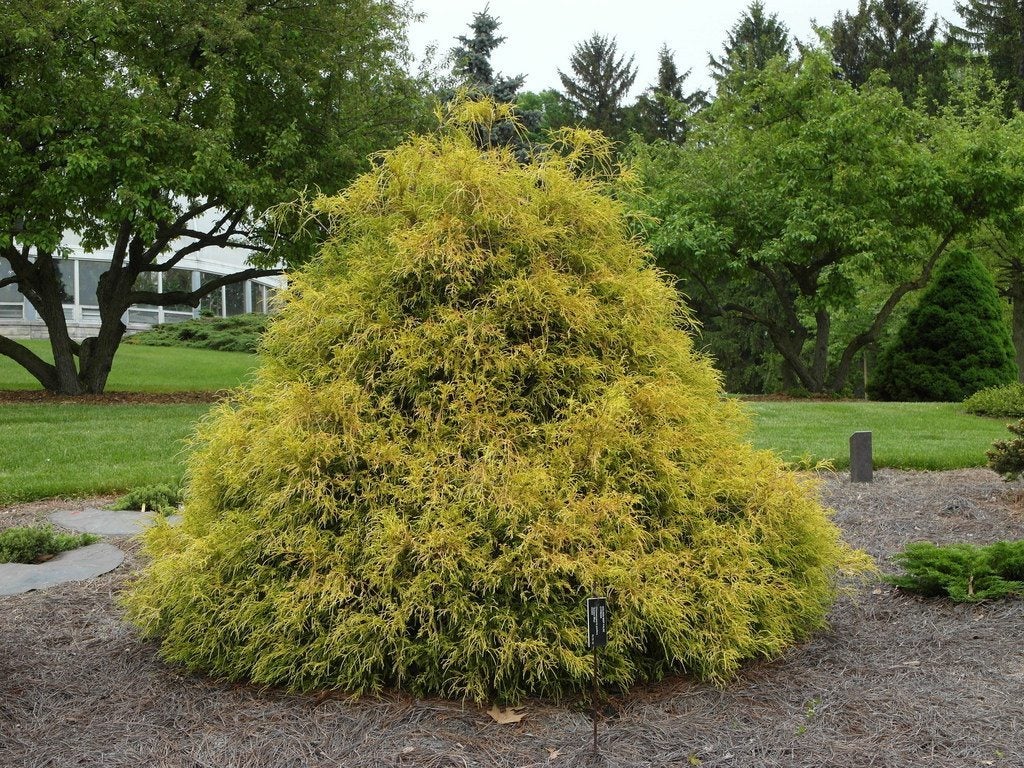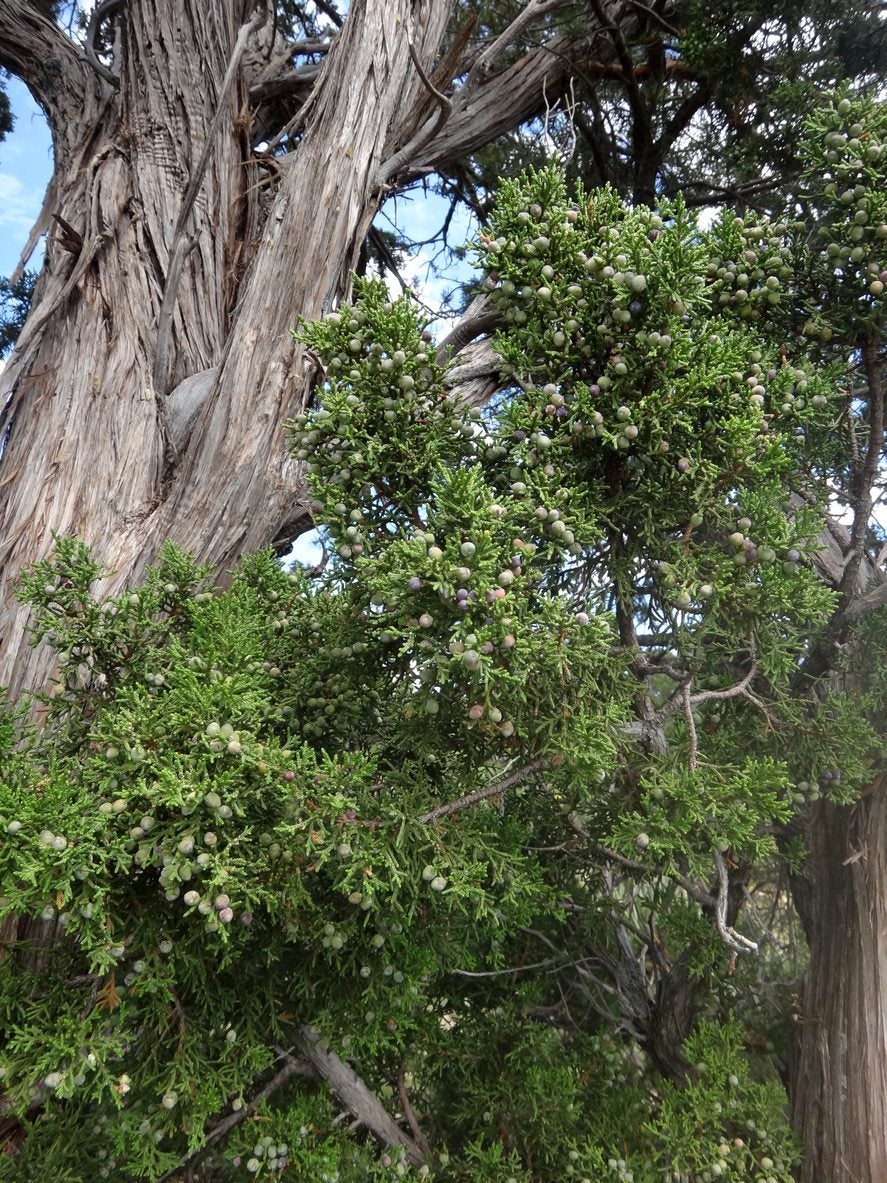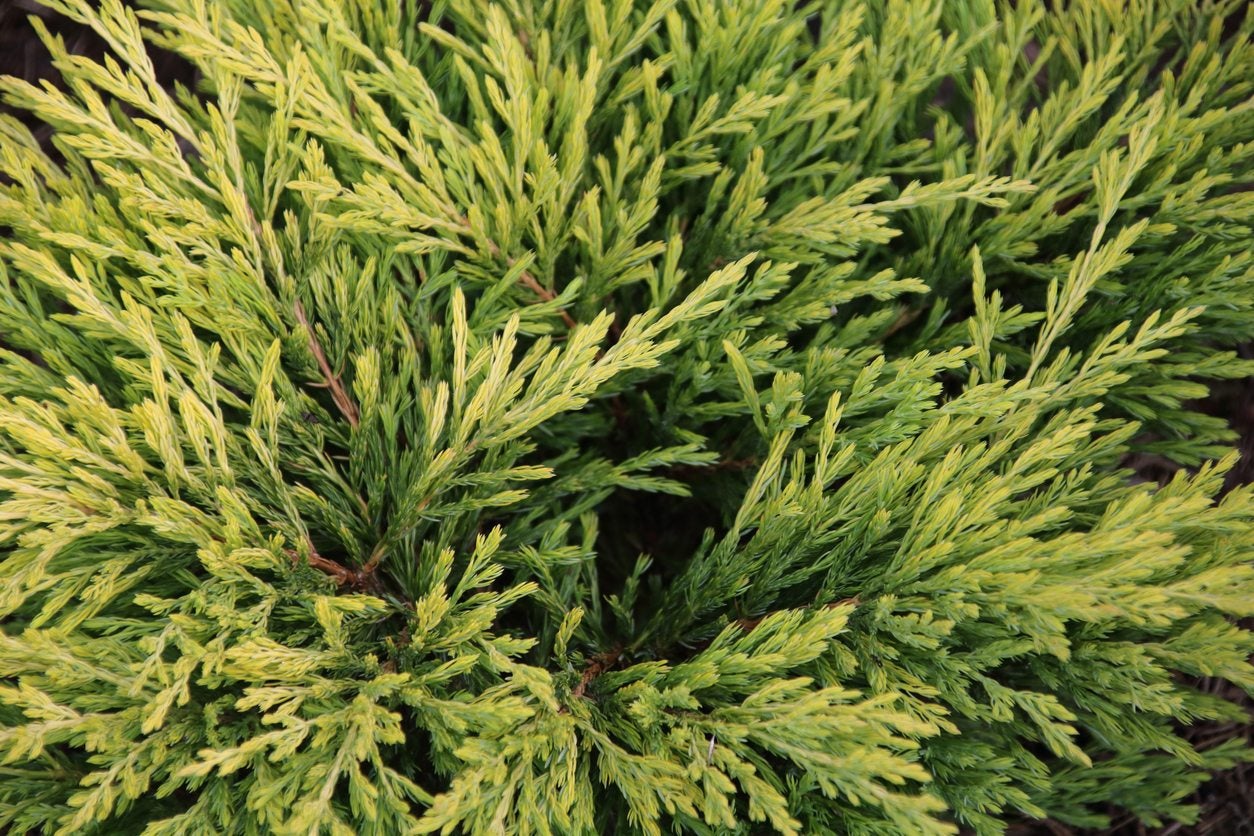False Cypress Care: How To Grow A False Cypress Tree


Whether you’re looking for a low growing foundation plant, dense hedge, or unique specimen plant, false cypress (Chamaecyparis pisifera) has a variety to fit your needs. Chances are you’ve seen some of the most common varieties of false cypress in landscapes or gardens and heard them referred to as ‘mops’ or ‘gold mops,’ a common name. For more Japanese false cypress info and some tips on how to grow a false cypress, continue reading.
What is a False Cypress?
Native to Japan, false cypress is a medium to large evergreen shrub for U.S. zones 4 through 8 landscapes. In the wild, varieties of false cypress may grow 70 feet tall (21 m.) and 20 to 30 feet wide (6-9 m.). For the landscape, nurseries tend to only grow dwarf or unique varieties of Chamaecyparis pisifera. The ‘mop’ or thread-leaf cultivars usually have chartreuse to gold colored, pendulous threads of scaly foliage. With a medium growth rate, these false cypress cultivars usually stay dwarf at about 5 feet (1.5 m.) tall or less. Squarrosa varieties of false cypress may grow to 20 feet (6 m.) and certain cultivars like ‘Boulevard’ are grown specifically for their columnar habit. Squarrosa false cypress trees have upright sprays of fine, sometimes feathery, silver-blue scaly foliage. There are many benefits to growing false cypress trees and shrubs in the landscape. The small thread-leaf varieties add bright evergreen color and unique texture as foundation plantings, borders, hedges, and accent plants. They obtained the common name “mops” from their foliage, which bears an appearance to the strings of a mop, and the plant’s overall shaggy, mop-like mounding habit. Topiary and pompom varieties are also available for specimen plants and can be used as a unique bonsai for Zen gardens. Oftentimes, hidden by the pendulous foliage, the bark of false cypress plants has a reddish brown color with an attractive shredded texture. The taller blue toned Squarrosa varieties of false cypress can be used as specimen plants and privacy hedges. These varieties tend to be slower growing.
How to Grow a False Cypress Tree
False cypress plants grow best in full sun but can tolerate light shade. The gold varieties need more sun to develop their color. In cooler climates, they can be prone to winter burn. Winter damage can be trimmed out in spring. Dead foliage may persist on larger false cypress varieties, making it necessary to trim out the plants annually to keep them tidy and healthy. As low maintenance plants, false cypress care is minimal. They grow in most soil types but prefer it to be slightly acidic. Young plants should be watered deeply as needed to develop healthy root systems. Established plants will become more drought and heat tolerant. Evergreen spikes or slow-release evergreen fertilizers can be applied in spring. False cypress is rarely bothered by deer or rabbits.
Gardening tips, videos, info and more delivered right to your inbox!
Sign up for the Gardening Know How newsletter today and receive a free copy of our e-book "How to Grow Delicious Tomatoes".
-
 12 Lush Alternatives To A Lawn For Sustainable Spaces
12 Lush Alternatives To A Lawn For Sustainable SpacesAlternatives to a lawn are beautiful and also beneficial to your local ecosystem and its pollinators. Explore our top picks for plants to replace grass.
By Tonya Barnett
-
 Types Of Tomatoes Explained: Explore The Many Wonderful Shapes, Colors, Flavors, & Best Uses
Types Of Tomatoes Explained: Explore The Many Wonderful Shapes, Colors, Flavors, & Best UsesThe world of tomato varieties is vast and fascinating. Learn about the key types to grow in your garden, tailored to your preferences and space.
By Amy Grant
-
 Golden Mop False Cypress: Information About Golden Mop Shrubs
Golden Mop False Cypress: Information About Golden Mop ShrubsIf you want a low-growing perennial that's a show stopper, consider growing Golden Mops false cypress. Bright and unique, they look just like their name - a golden mop.
By Amy Grant
-
 What Is Atlantic White Cedar: Learn About Atlantic White Cedar Care
What Is Atlantic White Cedar: Learn About Atlantic White Cedar CareAtlantic white cedar has a fascinating place in American history. Growing Atlantic white cedar isn't difficult and, once established, this attractive tree requires very little maintenance. For more Atlantic white cedar information, click on the following article.
By Mary H. Dyer
-
 Growing Hinoki Cypress: Care For Hinoki Cypress Plants
Growing Hinoki Cypress: Care For Hinoki Cypress PlantsHinoki cypress, also known as Hinoki false cypress, is a member of the Cupressaceae family and a relative of the true cypresses. To learn more about this evergreen conifer, click on the following article for additional information and care.
By Ilana Goldowitz Jimenez